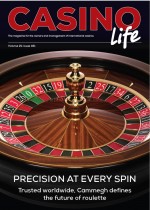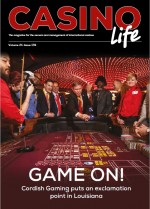A personal journey through poker’s evolution. By Edwin Ford
As someone who’s spent years following poker’s intriguing path, I’m always amazed by how this simple card game has transformed itself across centuries. What began as a pastime for gamblers on 19th century Mississippi riverboats has become a cornerstone of live and electronic casino gaming worldwide. Today, poker is not just a game. It’s a living, evolving culture shaped by innovation, technology and changing player tastes.
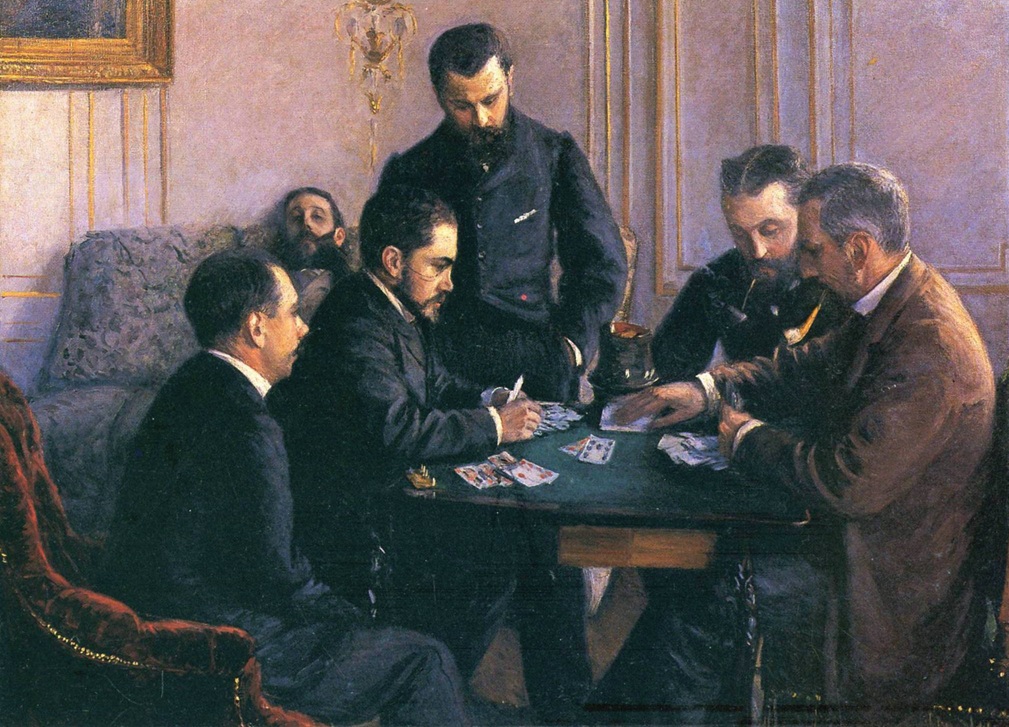
The Early Days: Riverboats and Player-Versus-Player Play
My journey into understanding poker’s roots took me back to the early 1800s, when riverboat gamblers played a crude 20-card game on the Mississippi River. By the 1840s, the game had evolved into the 52-card poker we know, with familiar hand rankings like flushes and straights becoming standard. Interestingly, during this time poker was a contest between players themselves; the house was merely an observer, taking a small rake but not directly involved in the action.
The Game-Changing Moment: Caribbean Stud Poker
Fast forward to 1982, when everything changed with the invention, by David Sklansky and Steve Lipscomb, of Caribbean Stud Poker. For the first time, poker became a banker’s rules game, pitting players directly against the dealer instead of each other. This was revolutionary from a casino’s perspective: A steady edge of about 5.2 percent meant reliable revenue. For players, it was a fresh, fast-paced twist on a classic game.
Around this era, I also saw how progressive jackpots, which had started to make waves in slots (notably with Bally’s 1986 Money Honey), began linking poker tables across casinos. The excitement of chasing a growing jackpot that could hit on a rare royal flush added a new thrill, cementing poker’s appeal in the banker’s-rules arena.

Cultural Fusion: The Arrival of Pai Gow Poker
In 1985, poker took a fascinating turn with Pai Gow Poker, blending Western poker-hand rankings with the ancient Chinese domino game Pai Gow. This variant’s unique format, where players create both a five-card “high” hand and a two-card “low” hand to beat the dealer, introduced a slower, more strategic game with low volatility. Its relatively low house edge of approximately 1.4 percent and cultural flair gave it a special place on casino floors, appealing especially to players who favored longer, steadier play.
Bonus Bets and the Rise of Three-Card Poker
By the late 1980s and early 1990s, my research showed the emergence of bonus bets, side wagers that paid out for hitting specific poker hands, regardless of the main game’s result. These bets added layers of excitement and new strategic considerations for players.
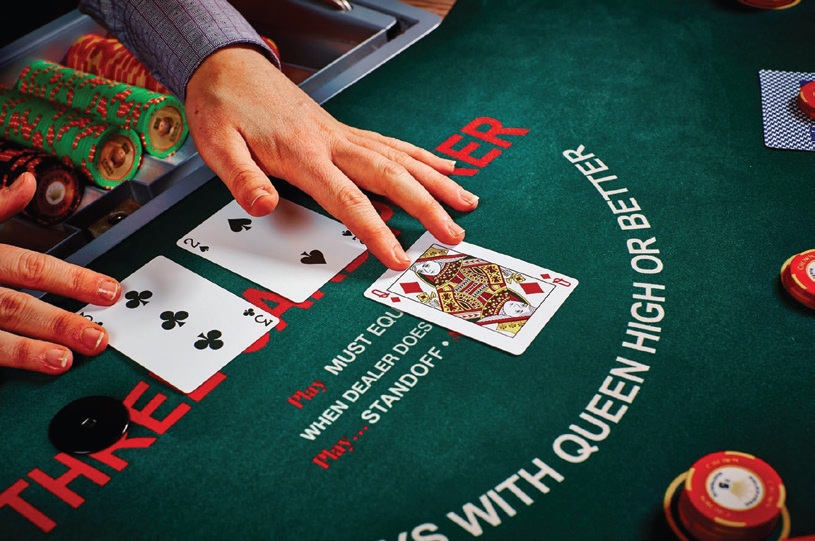
The debut of Three Card Poker in 1994, commercially launched around 1997, truly spotlighted this innovation. Designed by Derek Webb, this fast-paced game challenged players to beat the dealer with just three cards, while the Pair Plus bonus bet rewarded any pair or better. It combined simplicity with strategic betting, quickly becoming one of the most popular poker-based table games. The house edge on the main bet sits around 3.4 percent, while the Pair Plus bet ranges from about 2.3 percent to 7.3 percent, depending on pay tables.
I also noticed that after Three Card Poker’s success, bonus bets using poker hand rankings began cropping up in other table games like baccarat and blackjack.
Cultural Fusion: The Arrival of Pai Gow Poker
In 1985, poker took a fascinating turn with Pai Gow Poker, blending Western poker-hand rankings with the ancient Chinese domino game Pai Gow. This variant’s unique format, where players create both a five-card “high” hand and a two-card “low” hand to beat the dealer, introduced a slower, more strategic game with low volatility. Its relatively low house edge of approximately 1.4 percent and cultural flair gave it a special place on casino floors, appealing especially to players who favored longer, steadier play.
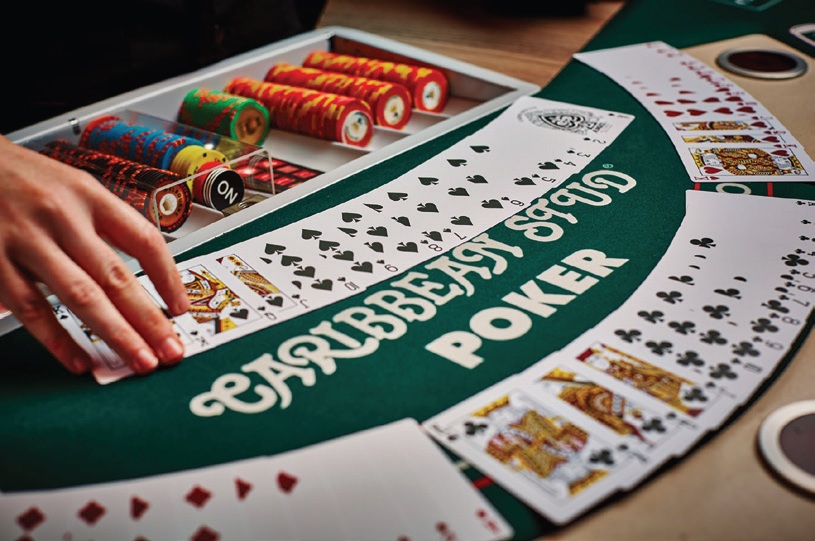
Bonus Bets and the Rise of Three-Card Poker
By the late 1980s and early 1990s, my research showed the emergence of bonus bets, side wagers that paid out for hitting specific poker hands, regardless of the main game’s result. These bets added layers of excitement and new strategic considerations for players.
The debut of Three Card Poker in 1994, commercially launched around 1997, truly spotlighted this innovation. Designed by Derek Webb, this fast-paced game challenged players to beat the dealer with just three cards, while the Pair Plus bonus bet rewarded any pair or better. It combined simplicity with strategic betting, quickly becoming one of the most popular poker-based table games. The house edge on the main bet sits around 3.4 percent, while the Pair Plus bet ranges from about 2.3 percent to 7.3 percent, depending on pay tables.
I also noticed that after Three Card Poker’s success, bonus bets using poker hand rankings began cropping up in other table games like baccarat and blackjack most beloved poker variant into a banker’s-rules format, where players face the dealer.
Ultimate Texas Hold’em stands out with multiple betting rounds and strategic choices, offering a relatively low house edge of about 2.2 percent. Its success helped push poker deeper into the heart of casino table games, appealing to both casual players and those who enjoy strategic decision-making.

Poker Goes Electronic
While these live game variants thrived, poker’s electronic side blossomed too. Video poker machines, which had been around since the late 1970s, gained massive popularity in the 1980s and 1990s. Titles like Jacks or Better and Deuces Wild became staples, offering some of the highest returns available on casino floors when played skillfully, often with returns exceeding 99 percent.
In the 1990s and 2000s, electronic versions of banker’s rules poker games, Caribbean Stud, Three Card Poker and Ultimate Texas Hold’em began appearing, speeding up play and lowering staffing needs. These electronic formats integrated progressive jackpots and bonus bets, sometimes linking machines across entire casino networks to build massive jackpots that attracted large crowds. Poker-themed slot machines also emerged, blending the thrill of poker hands with slot gameplay mechanics, offering a fresh take on the game’s core excitement.
The Poker Boom: An Online and Media Explosion (2003 and beyond)
The 2003 World Series of Poker win by Chris Moneymaker, a relatively unknown amateur who qualified through an online satellite, sparked what’s now famously called the “Moneymaker Effect.”Suddenly, millions of new players flooded online poker sites, from PokerStars to Full Tilt Poker, ushering in a global poker boom.
Televised tournaments brought poker’s strategy and drama into living rooms worldwide, cementing its status as a mainstream pastime. Online platforms innovated rapidly, introducing new variants, side bets and digital-only formats tailored to a growing, diverse player base.
Looking Ahead: The Future of Poker
From my vantage point, poker’s future is incredibly exciting. Virtual-reality technology promises fully immersive poker rooms where players can interact socially and strategically from anywhere. Artificial intelligence is poised to become a powerful tool for strategic coaching and fair-play monitoring. Blockchain-based platforms offer transparent, decentralized gambling with provably fair outcomes and instant payouts.
Meanwhile, progressive jackpots and bonus bets continue to captivate players, now embedded in both live and electronic formats. Hybrid games blending poker’s skill elements with slot-machine excitement are emerging, attracting younger demographics and expanding poker’s cultural footprint.
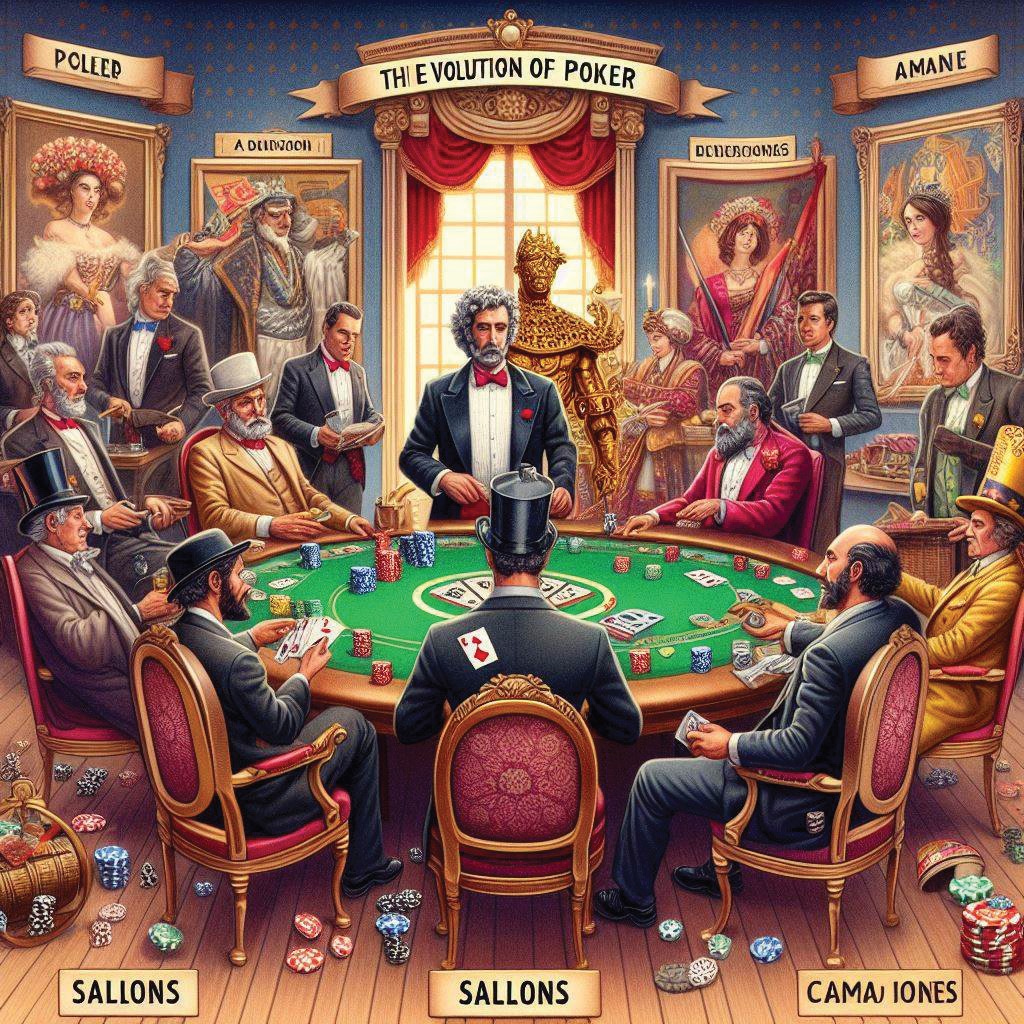
A Timeless Game
Reflecting on poker’s long and winding journey, it is clear that its strength lies in adaptability. From a 19th century card game played among riverboat gamblers to the sophisticated banker’s rules table games of the 1980s and beyond, and now into the digital and virtual realms, poker has continually reinvented itself.
The introduction of banker’s rules variants like Caribbean Stud, the rise of progressive jackpots and bonus bets and the widespread embrace of electronic and online formats showcase a game that balances tradition and innovation like few others. As poker continues evolving, it remains a compelling mix of skill, strategy and chance, captivating players around the world and promising new chapters for years to come.
 About Author
About Author
Edwin is a highly motivated, flexible and results-driven senior executive with extensive experience in strategy, sales, business development and commercial operations, developed through over a four-decade career in the gaming industry. Training, working and supervising in casino operations to an executive level , spanning over 15 years, he also operated and was a shareholder of several software-development and supply houses, leading development and deployment of new technologies across international markets.
He displays a skill set transferable to almost any business sector, experienced in consulting with the ability to drive any organisation to realize its goals.
In recent years he has handled licensing applications for several companies with a 100 percent success rate. After 46 years in the industry his passion for the sector is still strong.
*** This article was originally published in the June 2025 edition of Casino Life Magazine Issue 178***



